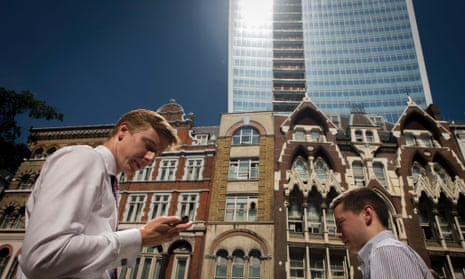World cities are experiencing more heatwaves and fewer cold spells, according to a study of extreme temperatures in hundreds of urban areas over the past 40 years. It found that many cities are seeing fewer extremely windy days than in the 1970s and have more extremely hot individual days and nights.
The climate researchers from US and Indian universities identified 620 of the world’s urban areas with a population over 250,000 and then chose 217 which were situated close to an international weather station with rainfall, wind and temperature records stretching back to 1973.
They found that four of the five years with the most heatwaves had occurred since 2009. They were experienced mostly in Africa, East Asia, Europe and North America.
“The number of extremely hot days increased significantly at most sites [over the 40 years]. However, a few urban areas in East Asia showed significant declining trends. Only 2% of the urban areas experienced significant declines in the frequency of extreme hot days,” said the authors.
“Extremely windy days declined substantially during the last 40 years with significant declines in about 60% in the urban areas,” said the authors, who defined heatwaves as periods of at least six days where the daily maximum temperature was hotter than 99% of days since 1973.
The results, published in Environmental Research Letters, also showed a significant decline in six-day or longer cold spells. Around 17% of urban areas were found to have experienced a significant increase in daily rainfall and 10% experienced a significant increase in annual maximum precipitation.
“Our results show significant increases in heat waves and the number of hot days and warm nights, and at the same time declines in cold waves and extreme windy days in many urban areas over the last 40 years. We also find that the number of changes in precipitation extremes was modest, which is somewhat surprising as our previous work showed a predominance of increases in precipitation extremes in major US urban areas,” said lead research author Vimal Mishra from the Indian Institute of Technology Gandhinagar.
“Urban areas make up a relatively small part of the global land area; but they are the centre of wealth, so damage to urban infrastructure could result in potentially large economic losses,” he said.





Comments (…)
Sign in or create your Guardian account to join the discussion